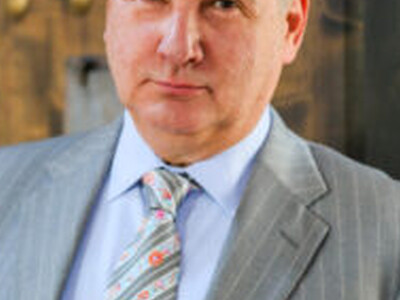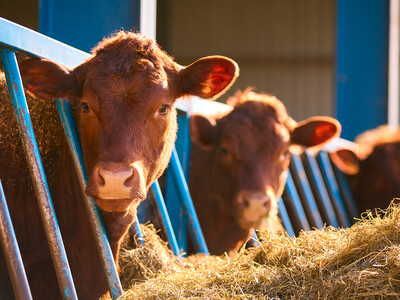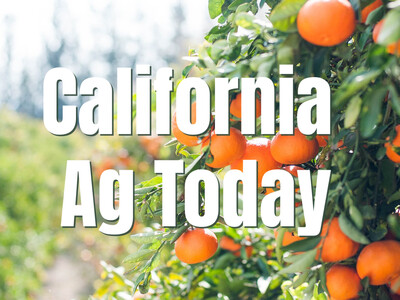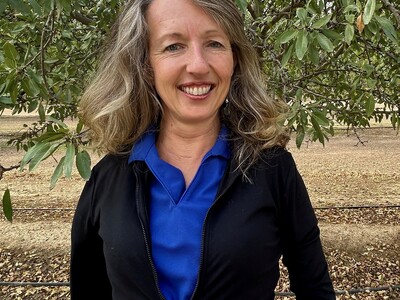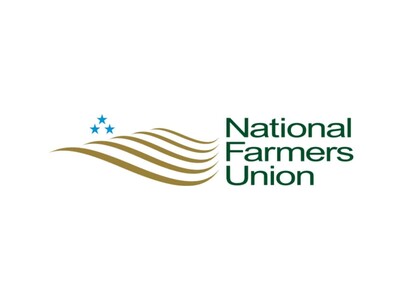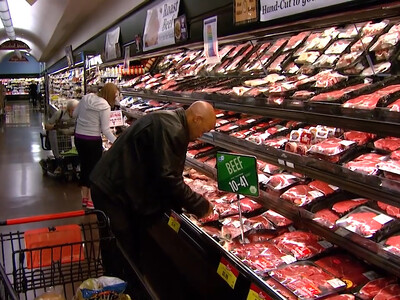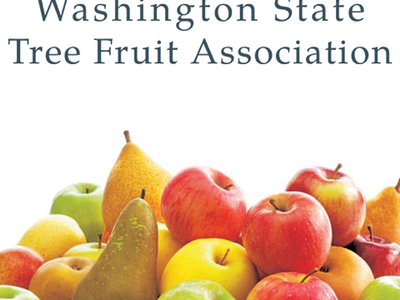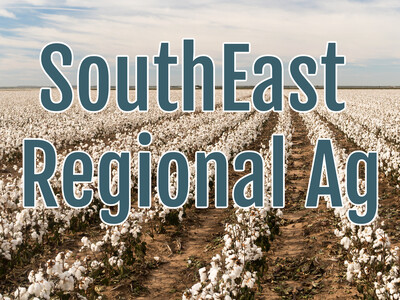OSU wildfire study
A new study from Oregon State and Agricultural Research Service scientists, published in Rangeland Ecology & Management, looked at whether cattle grazing and virtual fencing could be an effective tool to create those fuel breaks by eating the grass that fuels fires.
Virtual fencing has been around for decades, but in recent years, with advances in satellite, battery and GPS technology, it has gained more attention in the agricultural community, Bohnert said. It allows ranchers to control livestock distribution in rangeland landscapes without physical fences, which are costly to construct and maintain and also may be harmful to wildlife.
In this study, the researchers set up a 200-meter-wide by 3-kilometer-long fuel break in a roughly 1,000-acre pasture at OSU’s Northern Great Basin Experimental Range, about 35 miles west of Burns in southeastern Oregon. The fuel break area was bounded by a series of four virtual fences, each 35 meters apart.
In June 2021, 16 cows and 23 cow/calf pairs were placed in the fuel break area with several water sources inside it. All the cows, but not the calves, were fitted with virtual fence collars that use GPS positioning to contain them in the fuel break boundaries and record their locations every five minutes. After 30 days, the cows were removed.





